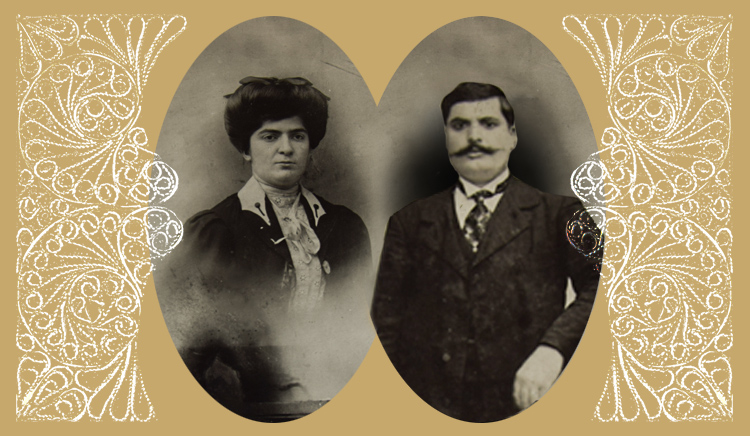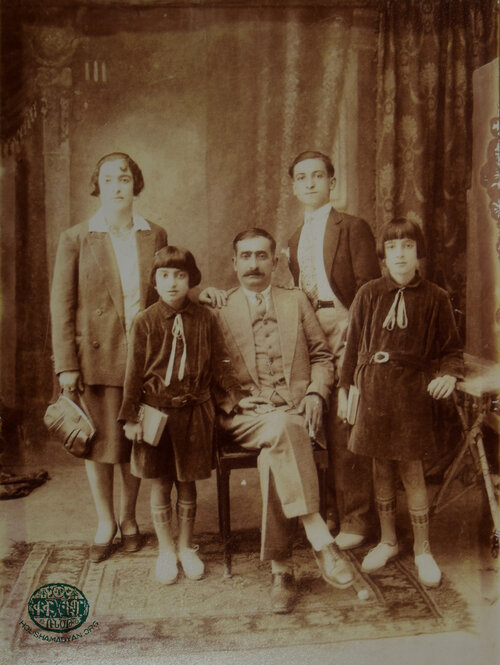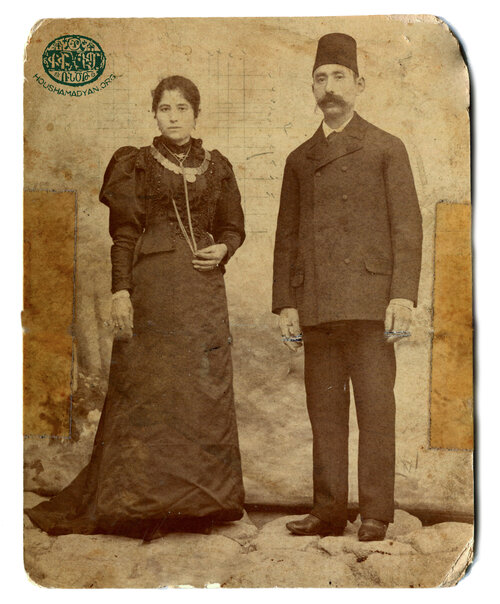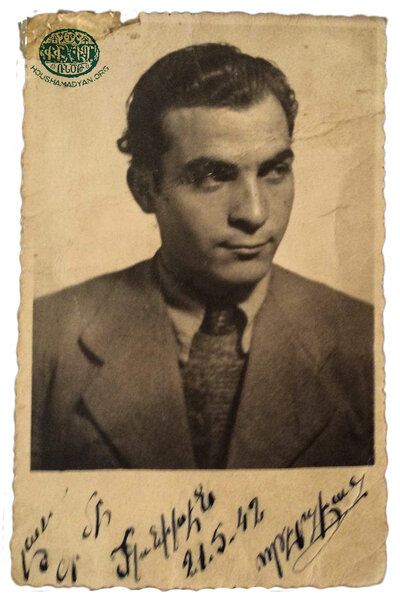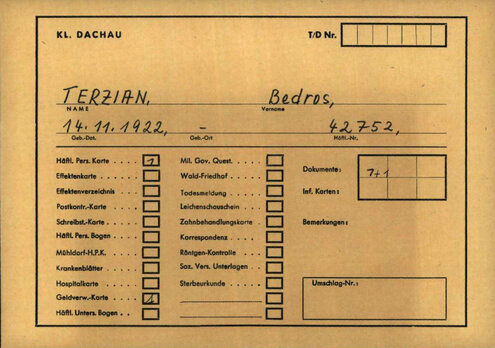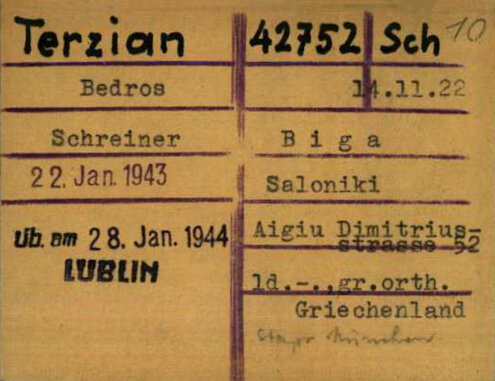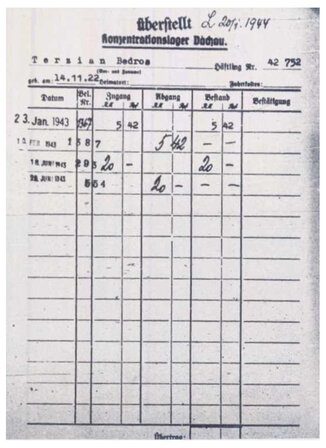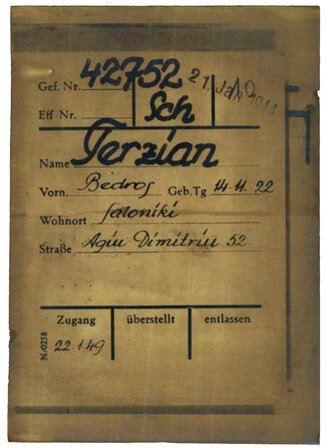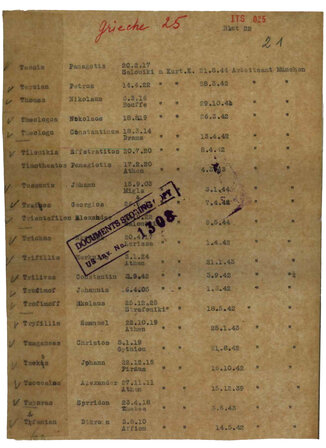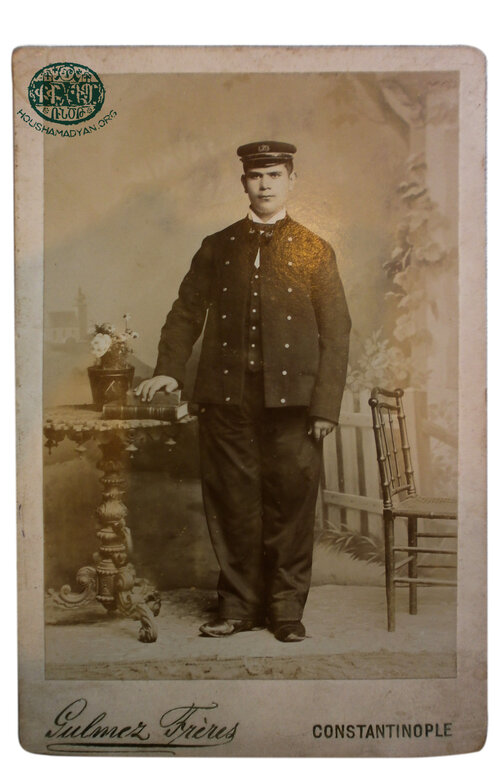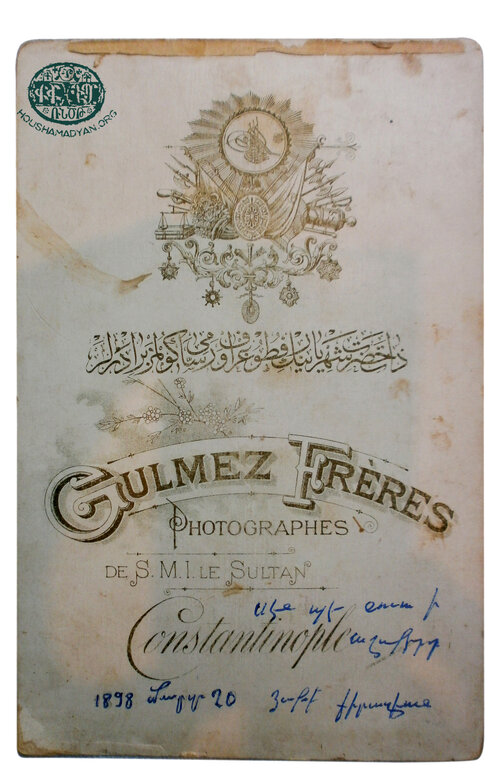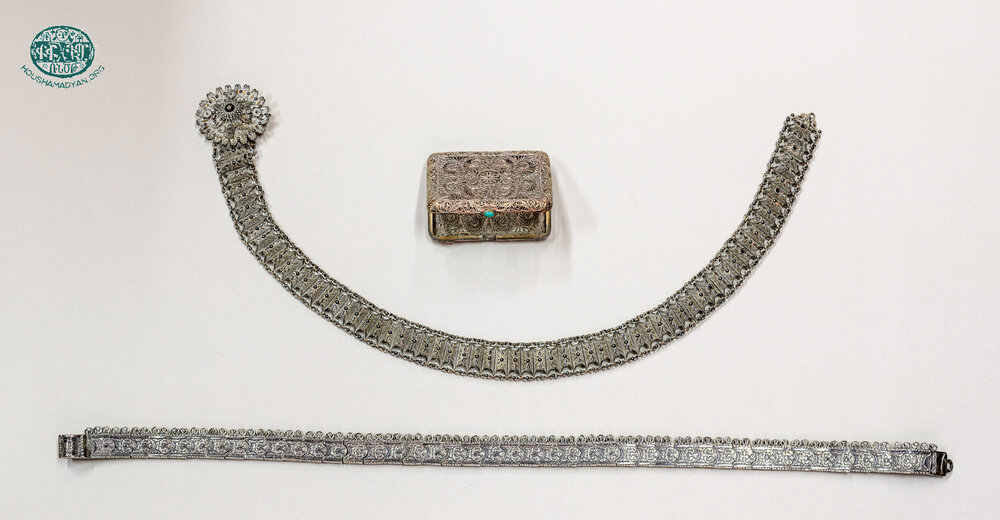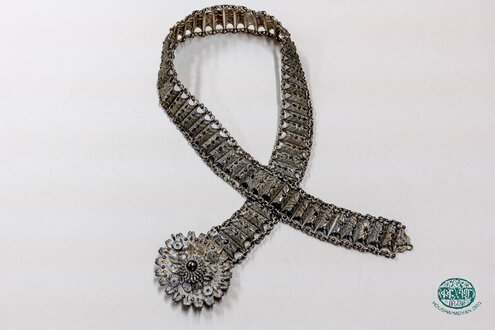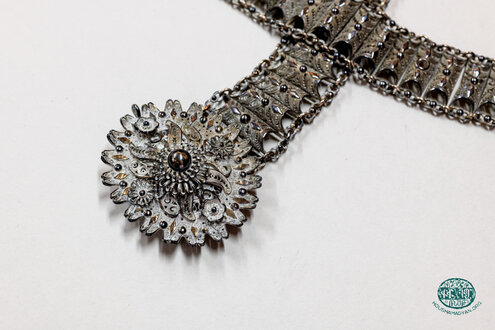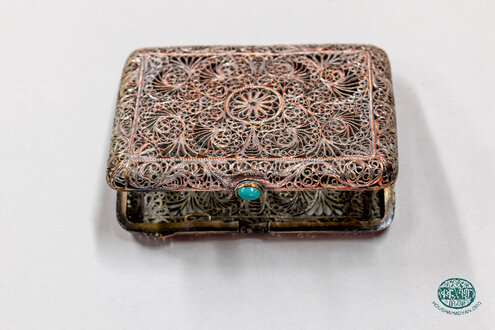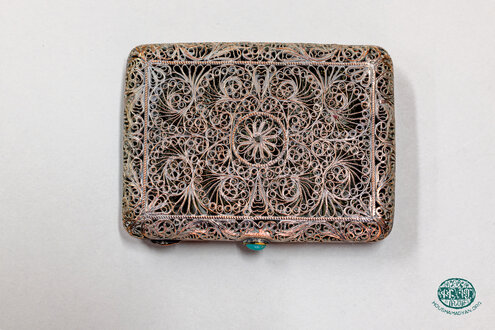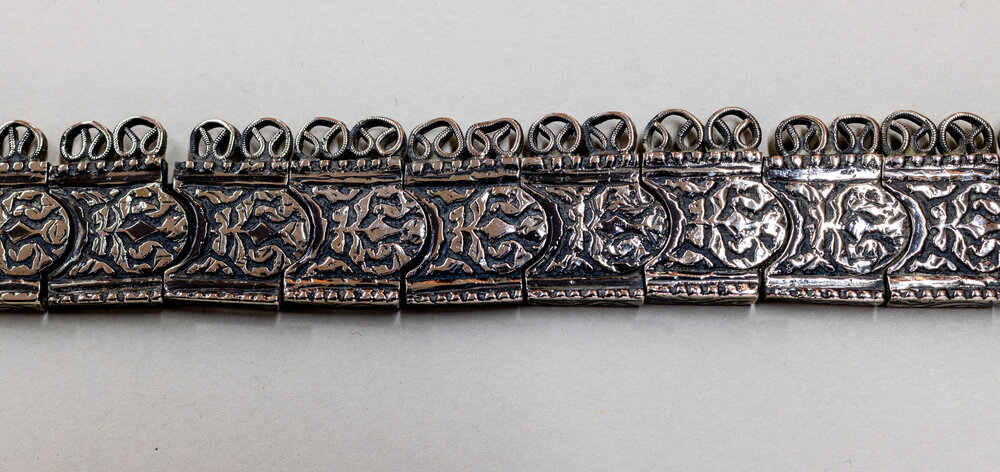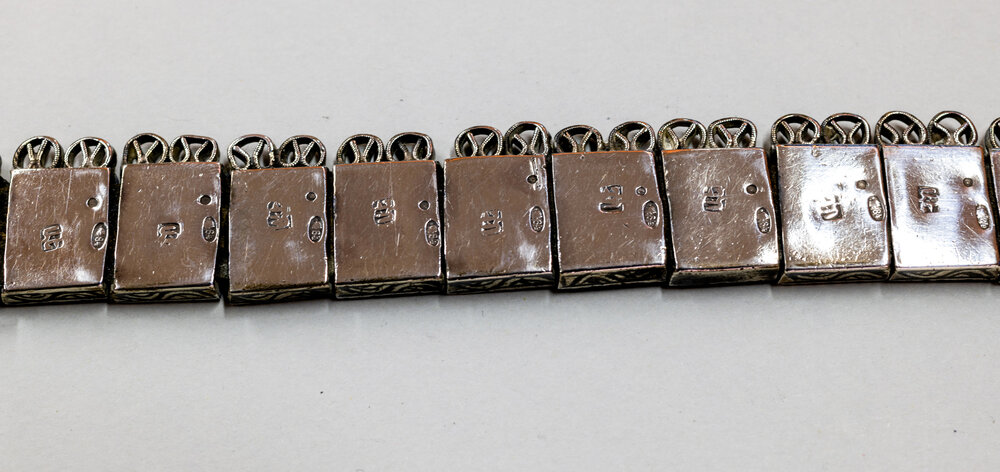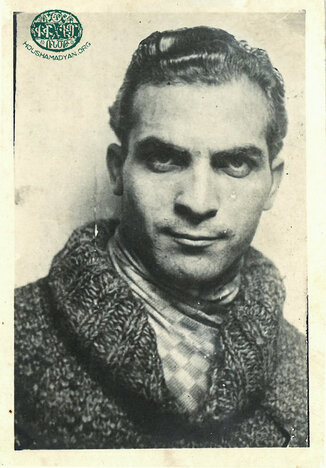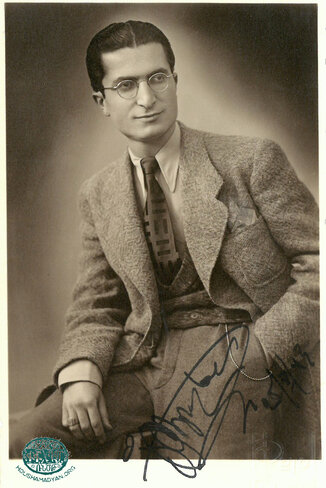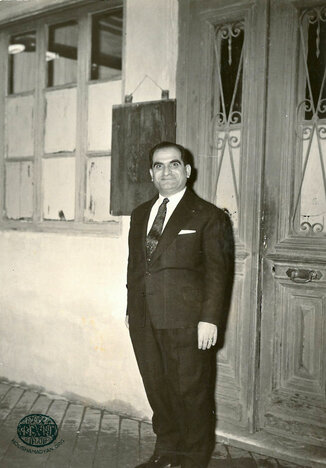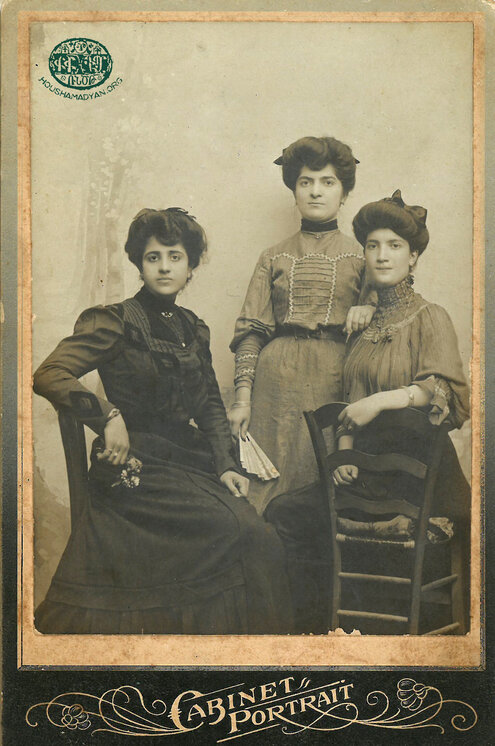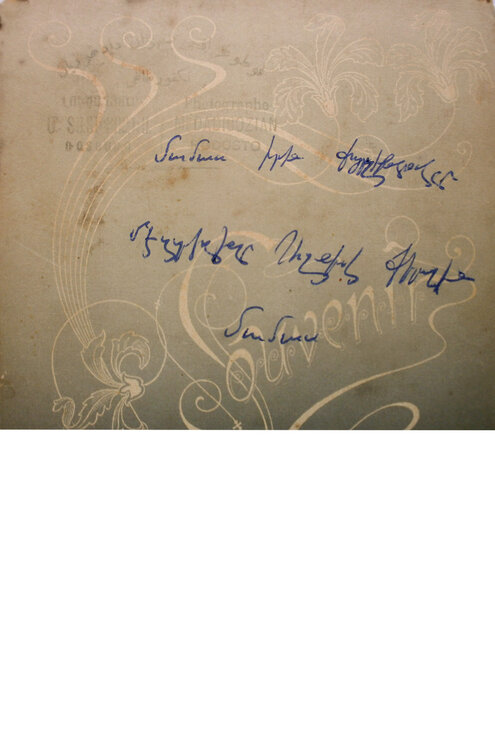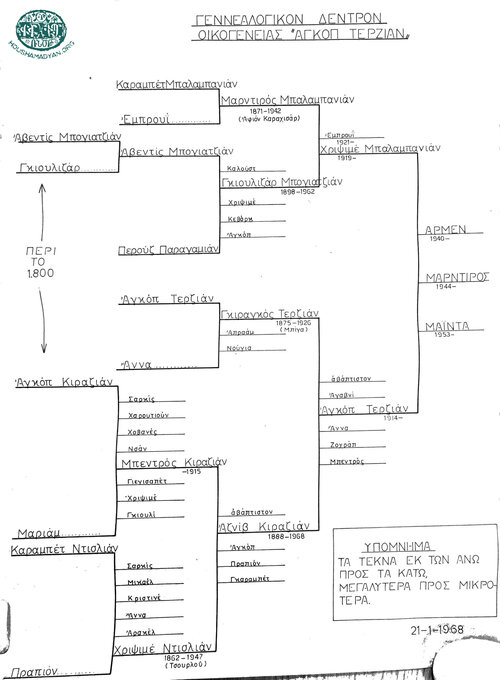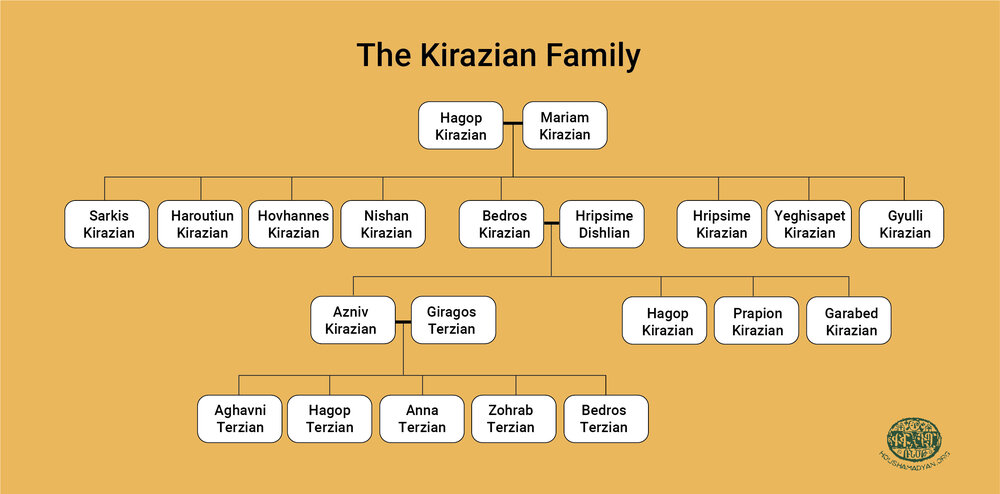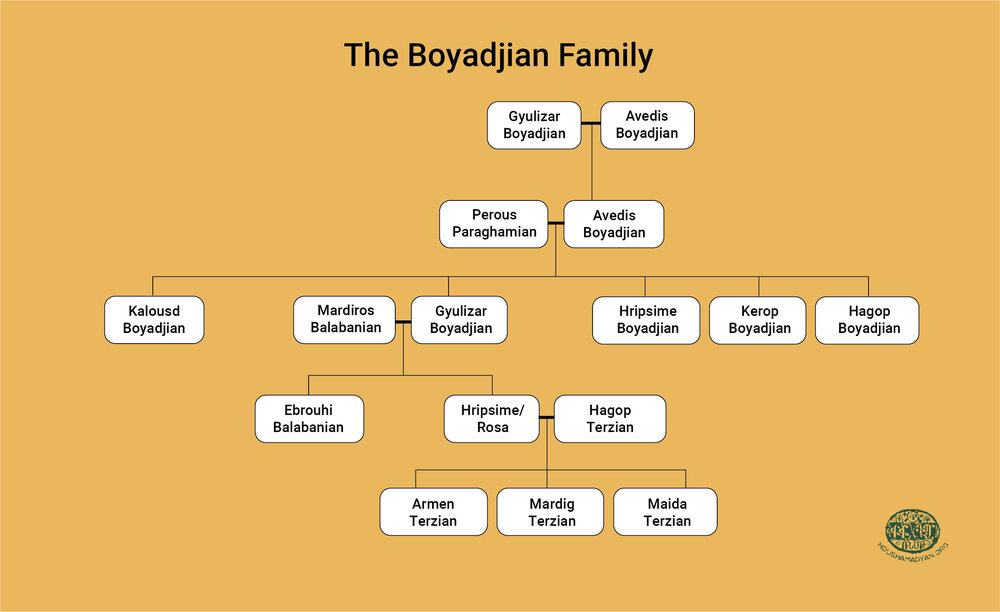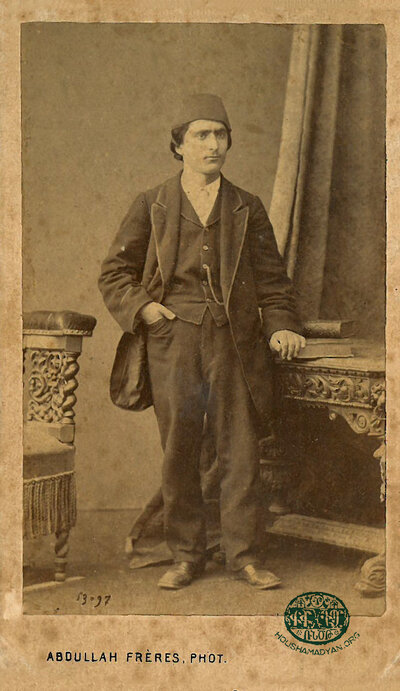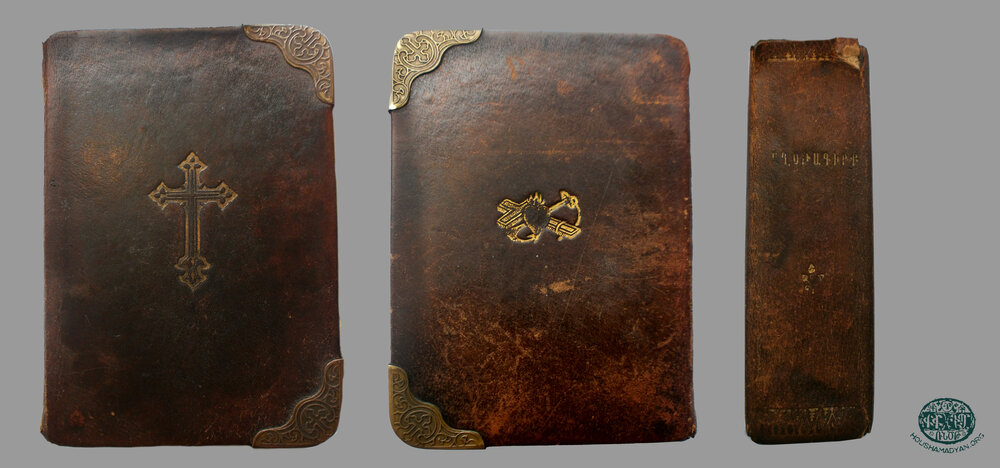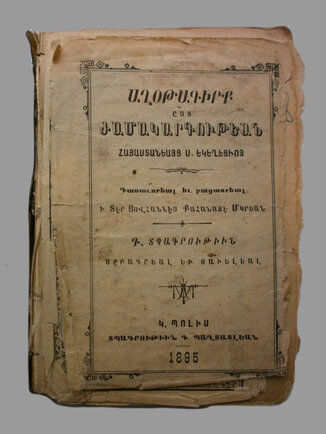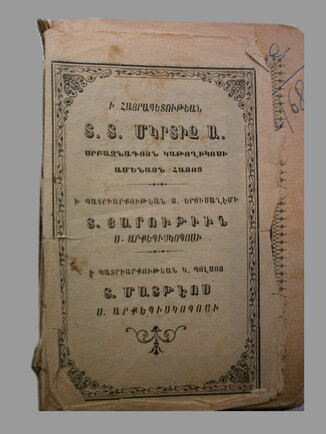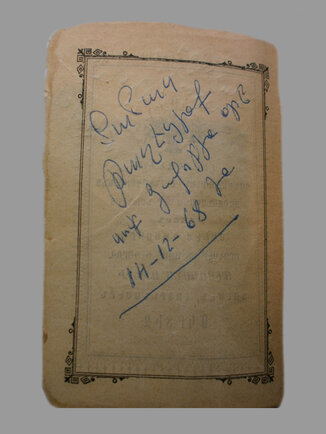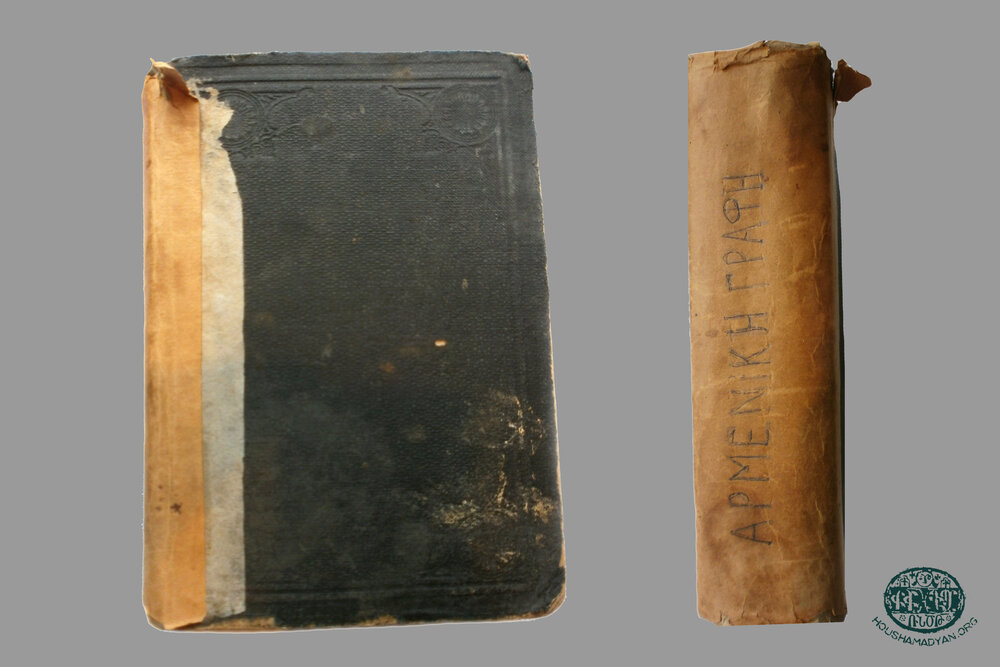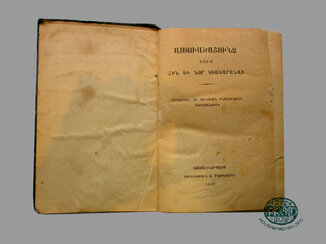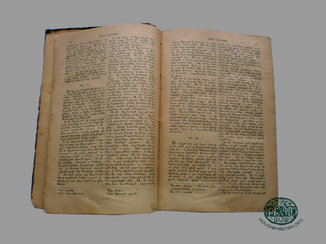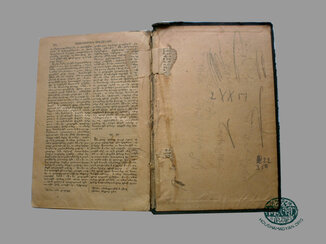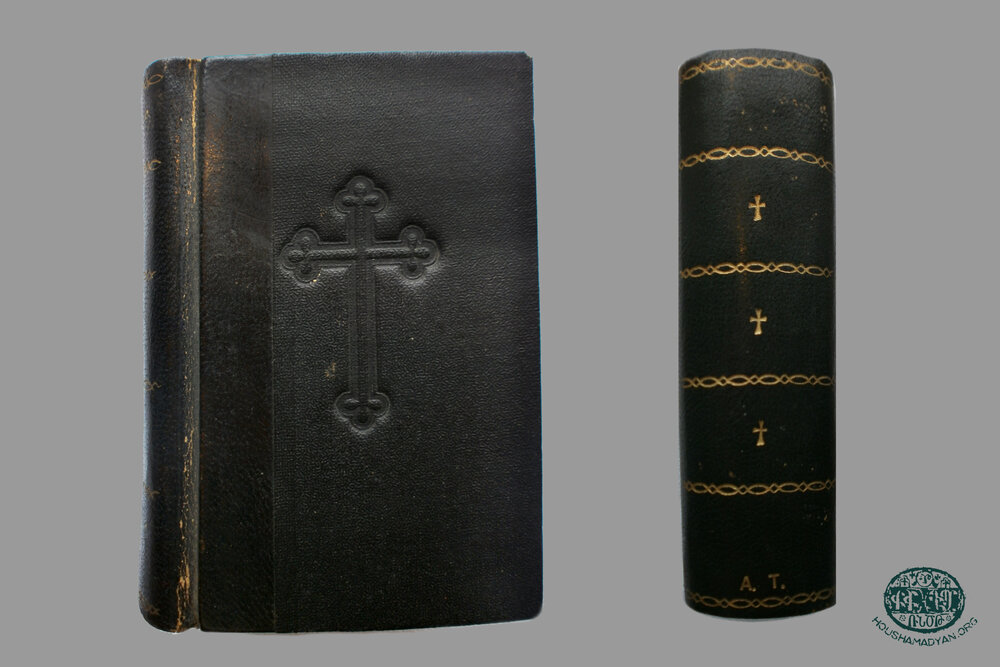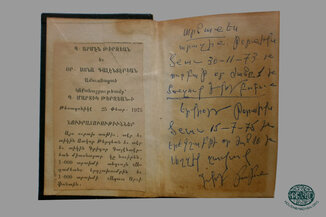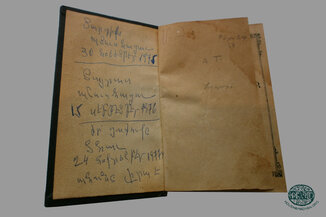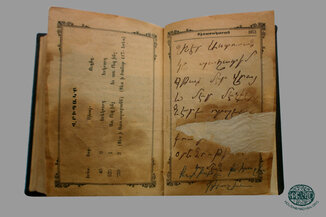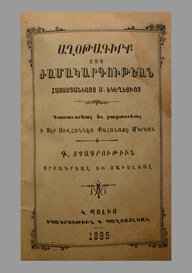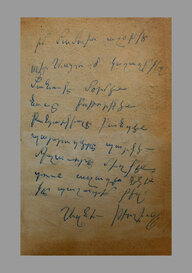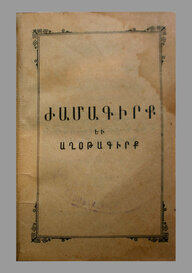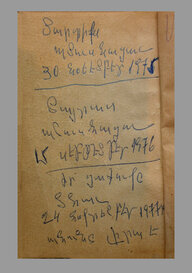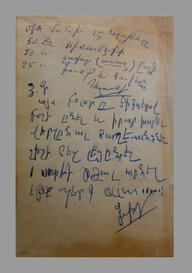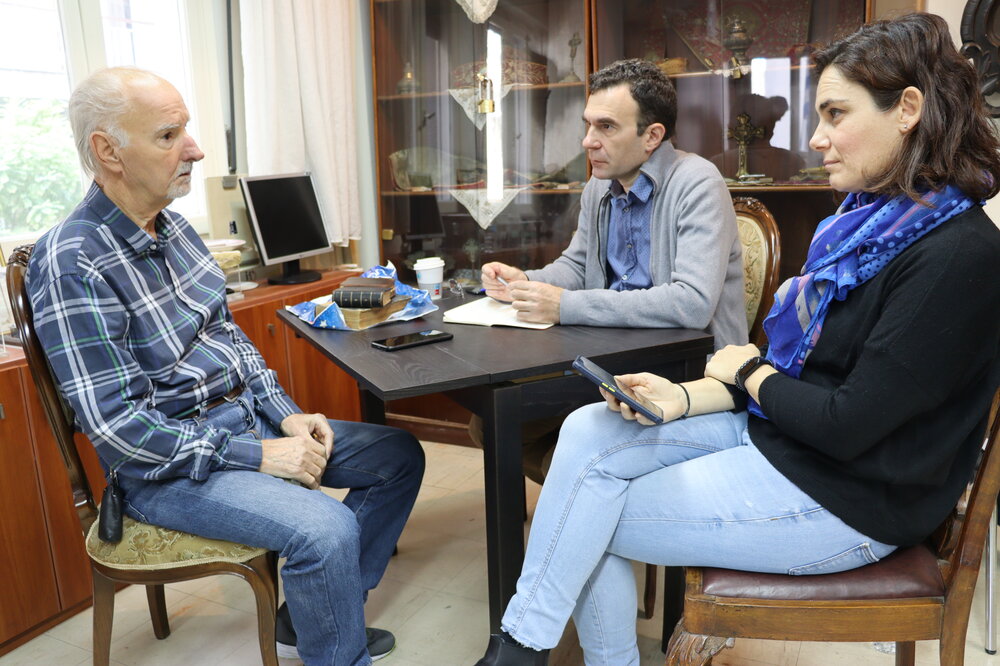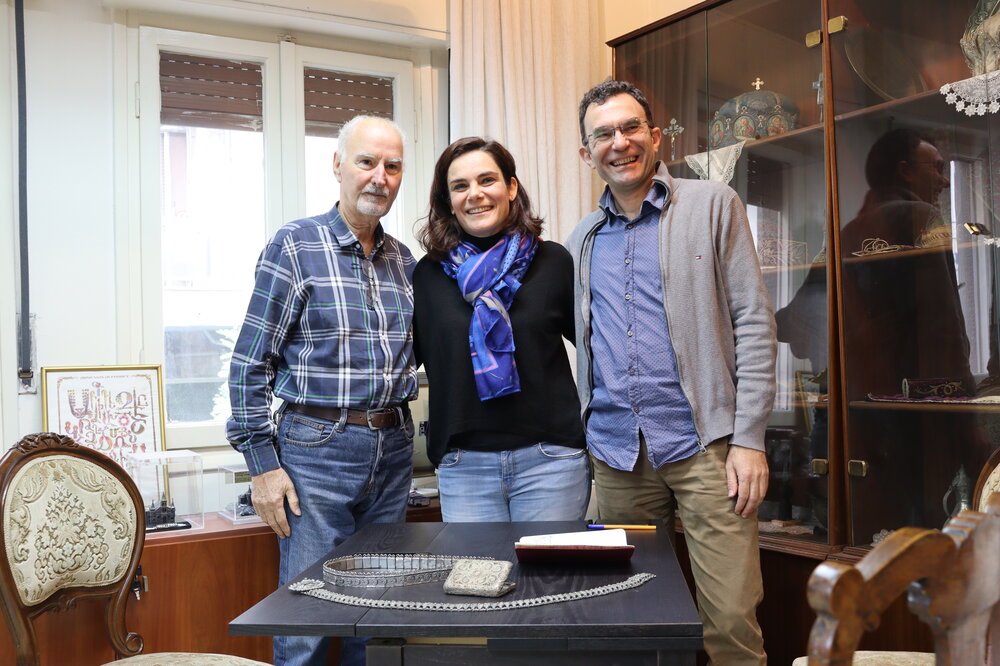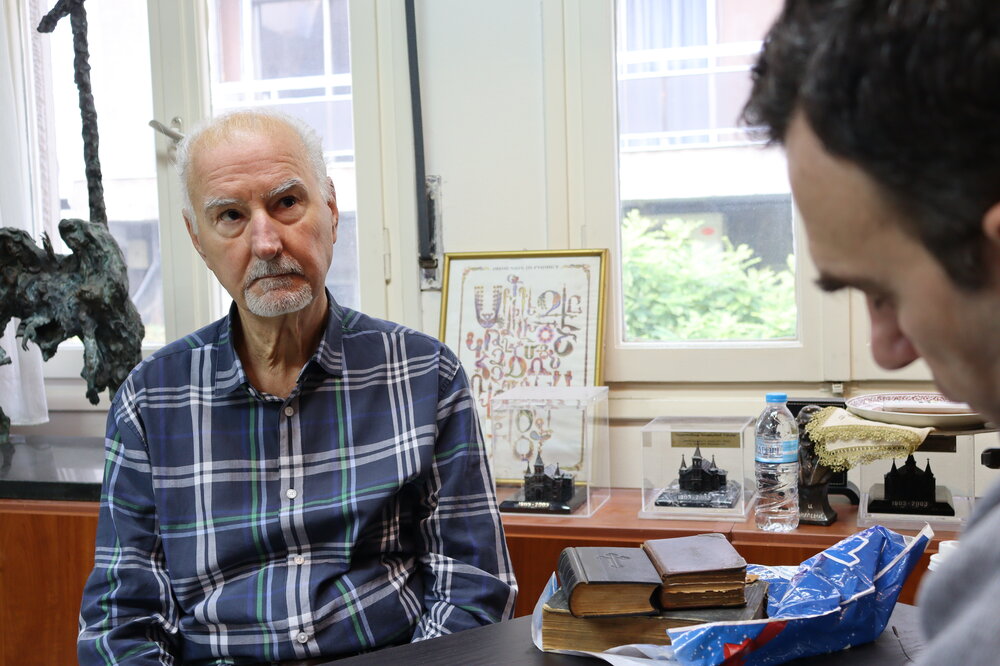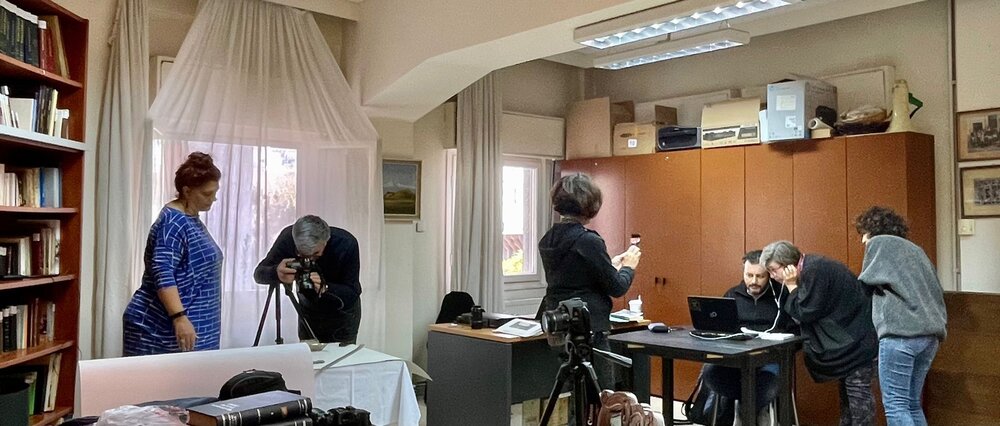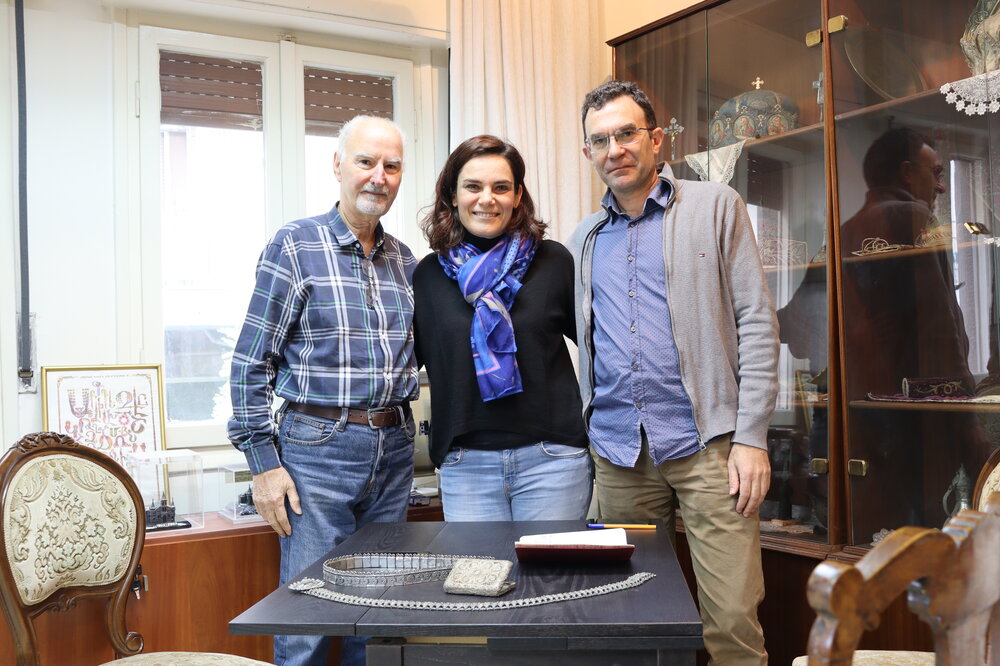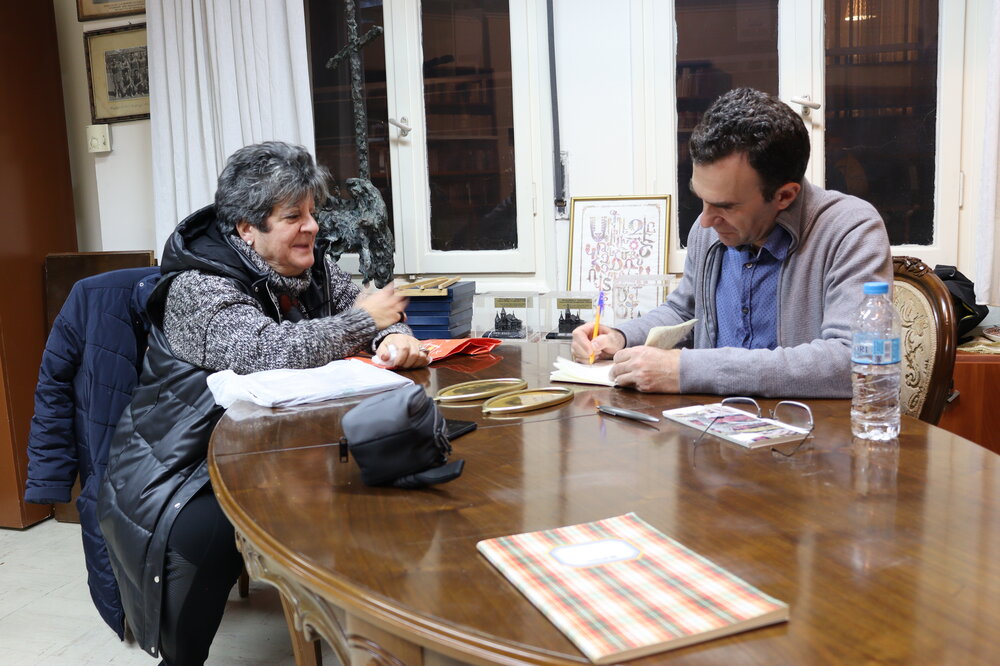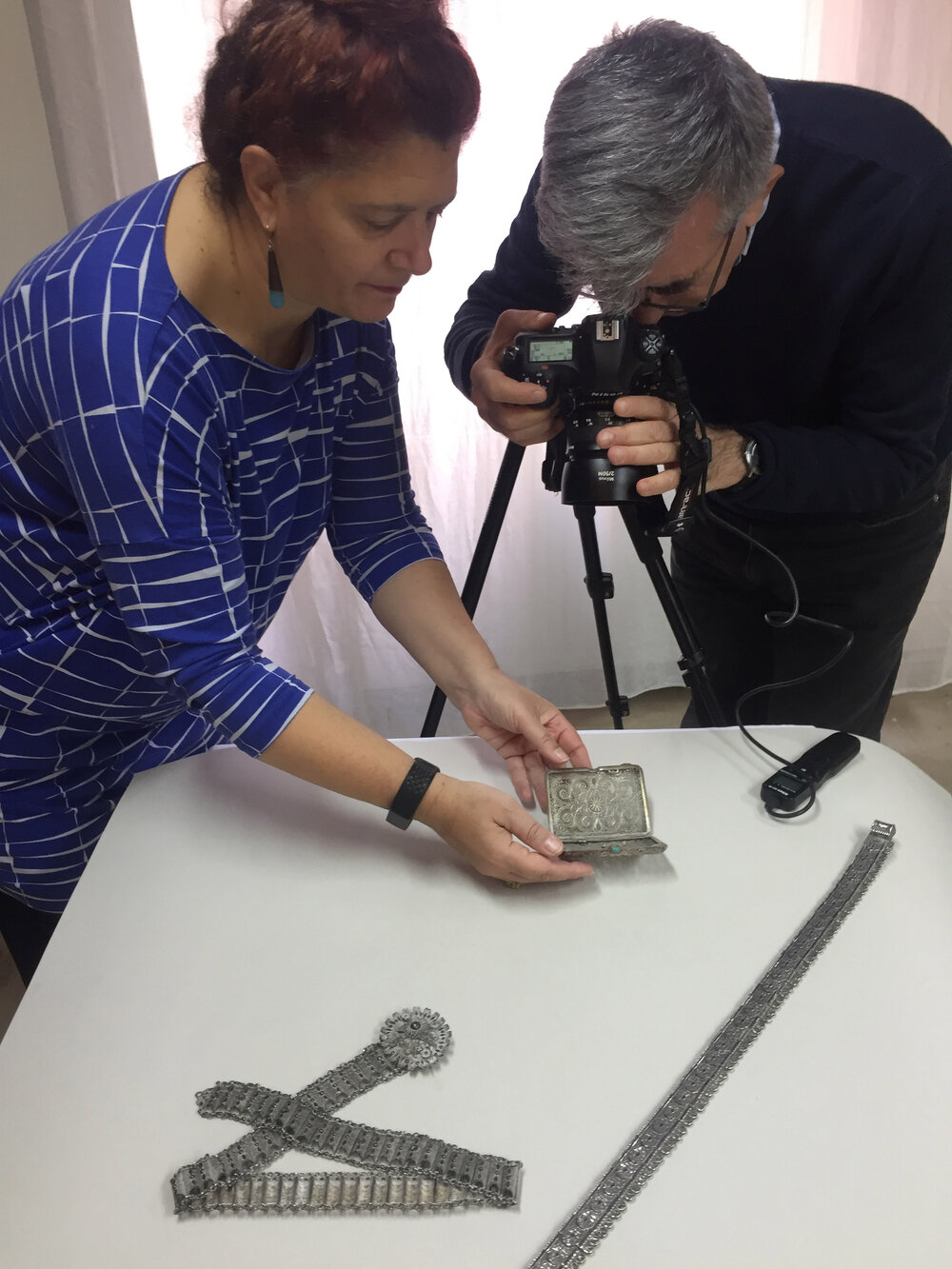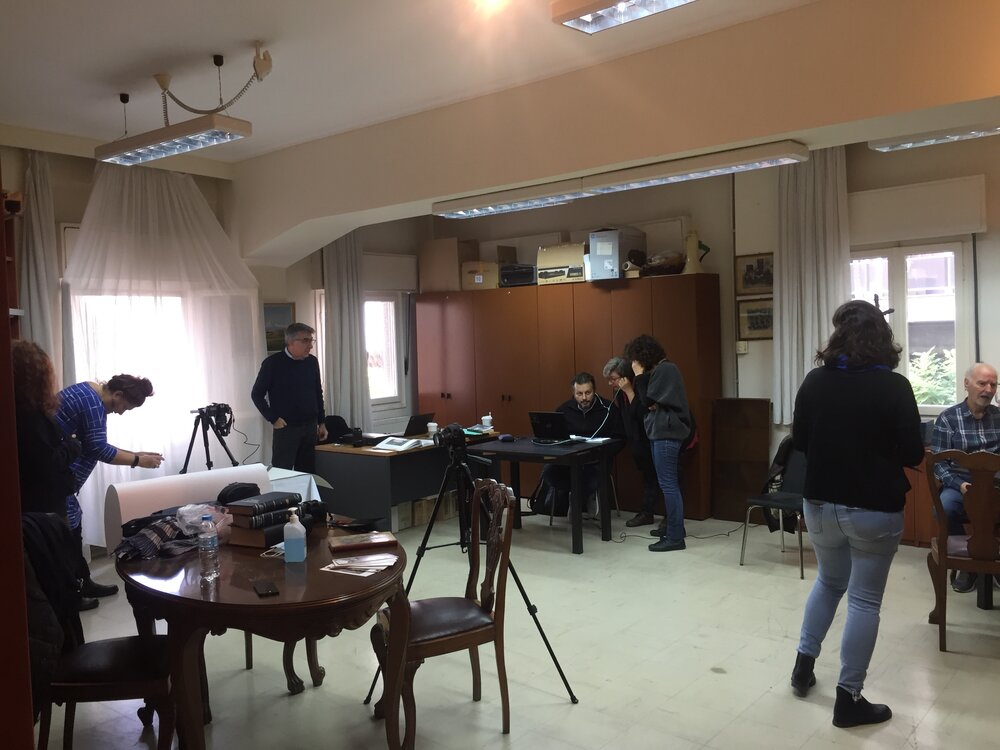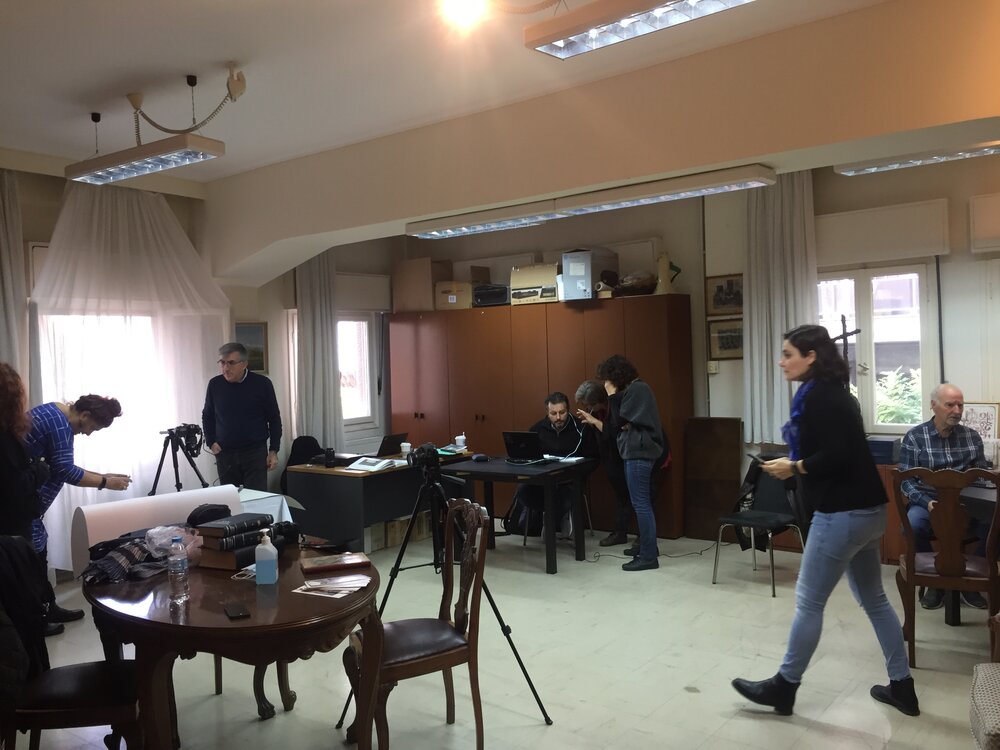Terzian/Zambaktsian Collection - Thessaloniki
Translator: Simon Beugekian, 13/12/21 (Last modified 13/12/21)
The memory objects and materials presented on this page were collected and catalogued during Houshamadyan’s workshops in Thessaloniki on November 13 and 14, 2021.
This page was prepared collaboratively with the “Armenika” periodical of Athens and the Thessaloniki chapter of the Hamazkayin Cultural Association. Houshamadyan’s workshops were made possible thanks to the support of EVZ Foundation, Germany.

The materials presented on this page were provided to us by Edwin Zambaktsian/Zambakdjian and his wife, Maida Zambaktsian/Zambakdjian (nee Terzian). Most of these materials concern the history of the Terzian family (Maida’s family), but some also shed light on the history of Edwin’s family, the Zambakdjians.
The Terzian family originally hailed from Bigha/Biga, and later moved to the nearby city of Rodosto/Tekirdagh. Among the family’s ancestors were Hagop and Anna Terzian, who had three children: Giragos (1875-1926), Apraham, and Nounia, all born in Bigha. Giragos later married Azniv Kirazian (1888-1968) in Rodosto. They had four children, all born in Rodosto: Hagop (1914-1996), Aghavni (1913-1995), Bedros (1922-1944), and Zohrab (1920-1990). Azniv was born in the town of Chorlou, near Rodosto. She was the daughter of Bedros, killed in 1915, and Hripsime (nee Dishlian). The Kirazian family tree is provided on this page. Hripsime Dishlian (1862-1947) was the daughter of Garabed and Prapion Dishlian. Aside from Hripsime, the couple had five other children, all born in Chorlou: Anna, Christine, Sarkis, Mikayel, and Arakel.
In 1922, after the defeat of the Greek army and the occupation of Smyrna by Turkish forces, the Armenians and Greeks of Rodosto left their native land and sought shelter in Greece. The Terzian family walked from Rodosto to the Greek border. Initially, they settled down in the northern Greek city of Alexandroupoli (which had been renamed Dedeaghach while under Ottoman occupation). Later, they moved to Komotini and Xanthi, in the same region, and eventually to Thessaloniki.

In the 1930s, Azniv and Giragos’s son, Hagop Terzian, worked as a cobbler. He was employed in Mardiros Balabanian’s shoe factory. He married Hripsime/Rosa, Mardiros’s daughter, and they had two sons, Arman/Armen and Mardig/Mardiros; and a daughter, Maida, who shared the story of the family with us.
Mardiros Balabanian (1871-1942) was married to Gyulizar Boyadjian (1898-1962). The couple had two daughters: Ebrouhi (born in 1921) and Hripsime/Rosa (1919-1991). Mardiros Balabanian was the son of Garabed and Ebrouhi, both from Afyonkarahisar. Gyulizar Boyadjian’s family also hailed from the same city. The Boyadjian family tree is provided on this page. Giragos’s first wife was killed when a Turkish mob attacked the Armenian church of Afyonkarahisar and set fire to it, killing the worshippers gathered inside. We were not able to determine whether this event occurred in 1915 or earlier. Gyulizar was then married off to Mardiros, despite the fact that she was much younger than him. During the Genocide, the family was deported towards Aleppo. After the end of the First World War, the survivors returned to Afyonkarahisar. They remained there until 1922, when they fled the advancing Turkish armies and settled down in Greece. In addition to Rosa and Ebrouhi, Mardiros and Gyulizar also had an adopted son, Apig, who later died in Vienna.

As for Edwin Zambaktsian’s family, his maternal grandmother was Anitsa Chilingirian, who was born and lived in Bursa. In 1915, her husband was condemned to the gallows by the Ottoman authorities. In 1922, Anitsa and her daughters, Arshaluys and Arshagouhi, walked to Thessaloniki alongside thousands of other refugees. Antisa died in 1964. Her daughter, Arshaluys, was Edwin Zambaktsian’s mother.

Bedros Terzian’s Death in Nazi Germany
Here, we must make a special note of the fate reserved for Bedros Terzian. Bedros was born in Rodosto/Tekirdagh, in 1922, and was the son of Azniv (nee Kirazian) and Giragos. According to the family, Bedros and a friend left Thessaloniki for Germany in 1939. We do not know why he traveled to Germany, but while he was still there, the Second World War broke out, and he was unable to return to Greece. He kept in touch with his family in Thessaloniki, as evidenced by the photographs he continued to send. But he was never able to return home. He was arrested by the Gestapo for unknown reasons in 1942 and interned in the Dachau concentration camp (north of Munich), where he died in 1944.
Various documents relating to Bedros Terzian’s internment in Dachau by order of the Nazi authorities (source: https://collections.arolsen-archives.org).



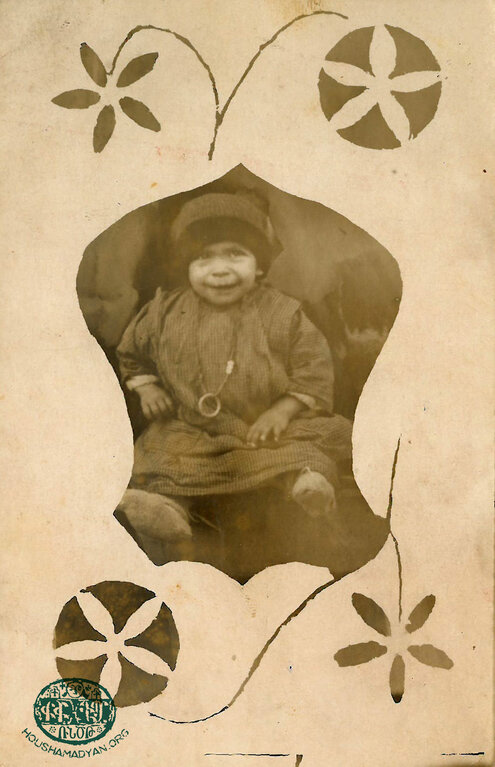
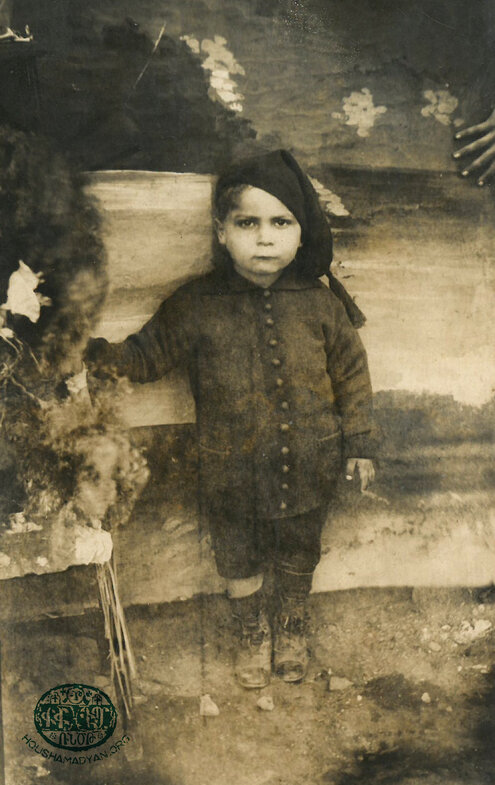

The three Kirazian sisters, Rodosto/Tekirdagh. Azniv Kirazian (later Terzian; center), Prapion (right), and their sister (name unknown). The back of the photograph bears the stamp of Mihran Dadikozian’s (later Abel) photographic studio, located in Rodosto. Notably, Mardig Terzian’s family tree only mentions two sisters (Azniv and Prapion). But the inscription on the back of the photograph, written by one of Azniv’s children, reads: “My mother with her sisters.”



A breviary that belonged to the Terzian family. Printed in 1895, in Constantinople, by the K. Baghdadlian printing house. On the first few pages, Hagop Terzian (Hagop Papou, or Grandpa Hagop in Greek), wrote down the dates of his children’s weddings and his grandchildren’s births. Most probably, the breviary had previously belonged to the Kirazian family of Chorlou, which was Azniv Terzian’s (nee Kirazian) family. On the last pages of the breviary is a handwritten prayer, signed by Hripsime Kirazian (nee Dishlian), Azniv’s mother. In her turn, Azniv also wrote a prayer. She called it My Mother’s Prayer. It reads: “Lord, I beseech you to deliver the child from the mother, the ship from the storm, the prisoner from the prison, the debtor from the debt, and the sinner from the sin. I worship you as ever.” On the very last page of the breviary, in Hagop Terzian’s handwriting, is the recipe of a laxative solution devised by Hagop’s grandmother, Anna Terzian.

Some photos from the workshop in Thessaloniki

